They are nutritional powerhouses and superheroes of the plant world. They are foods that fuel your body to fight chronic diseases and nutrient deficiencies. Superfoods provide your body with vitamins, minerals, antioxidants, enzymes, and healthy fats. The key to a healthy diet is to consume a wide variety of nutritious superfoods in the right quantities.
When it comes to Diabetes, consuming Diabetic specific Superfoods that can hasten the process of Diabetes reversal.
1. Methi seeds
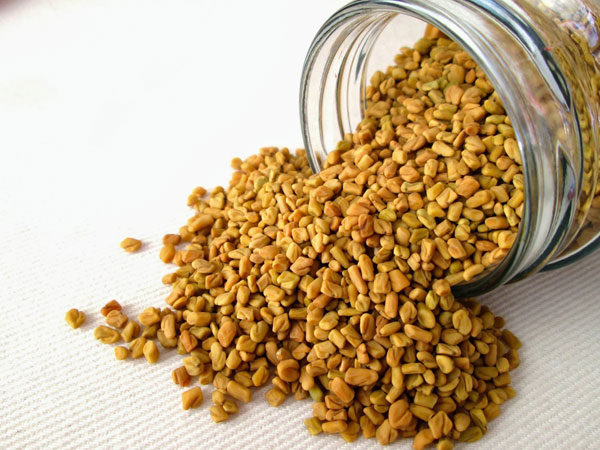
Studies indicate that incorporating 15 grams/ 1.5 Tbsps of powdered fenugreek seeds into a meal can reduce the rise in post-meal blood glucose or consuming 2.5 grams/ 1 tsp of fenugreek seeds twice a day for three months lowered blood sugar levels in people with prediabetes. Methi seeds contain fiber that slows digestion and the body’s absorption of carbohydrates and sugar, they also increase the absorption of sugar into the cell and increase the sensitivity of insulin. One tablespoon of whole Fenugreek contains 3gms of fiber. Trigonelline, 4-hydroxy isoleucine, and 2-oxoglutarate: molecules are the ones that help in increasing insulin sensitivity and reducing glucose levels. You can add 2 tsp Methi seeds (whole, soaked overnight) to your diet before breakfast, lunch, and dinner to lower your pre and post-meal sugar levels.
2. Sri Lankan/Ceylon Cinnamon
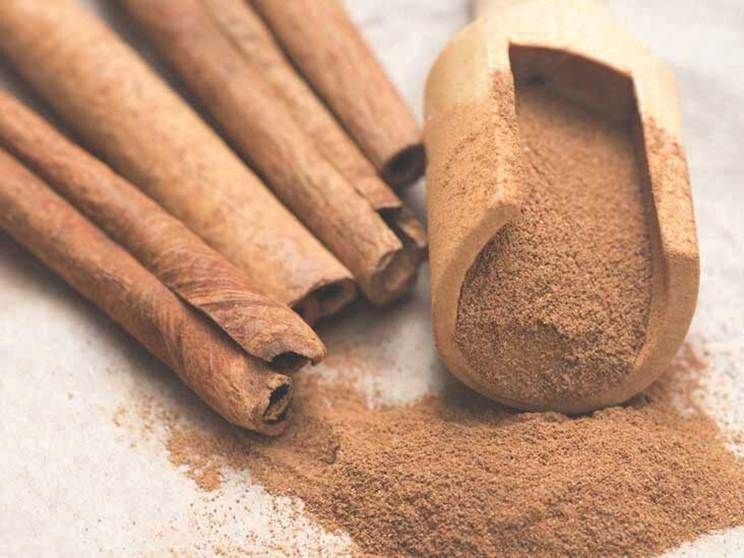
Cinnamon has two main varieties, Cinnamomum cassia, and Cinnamomum zeylanicum. Sri Lanka has a variety called Cinnamomum zeylanicum, also known as Ceylon cinnamon or “true cinnamon”. One important difference between true cinnamon and cassia cinnamon is their coumarin content. Coumarins possess strong anticoagulant properties and anti-inflammatory properties and since Diabetes indicates internal inflammation it is beneficial. Adding cinnamon (powdered) to all types of teas, coffees, and smoothies adds that extra benefit of sugar lowering.
3. Millets

Millet is a good choice for diabetes due to its high fiber content. Fiber helps slow digestion and causes sugar to enter the blood slowly, lessening the risk of a blood sugar spike that can lead to glucose spilling over into the urine, known as glucosuria. Millet is also a good source of B vitamins which is essential for carbohydrate digestion. They also contain substantial quantities of several minerals, including calcium, iron, potassium, and magnesium, which together play a role in lowering blood glucose levels. A prominent study done in south India vouched for that just switching one meal from rice to foxtail millet at breakfast led to lower blood sugar levels after the meal. There are various types of millets available like Kodo, foxtail, little, porso, barnyard, sorghum, pearl millet, and all can be used as healthy substitutes to rice.
4. Green leafy vegetables
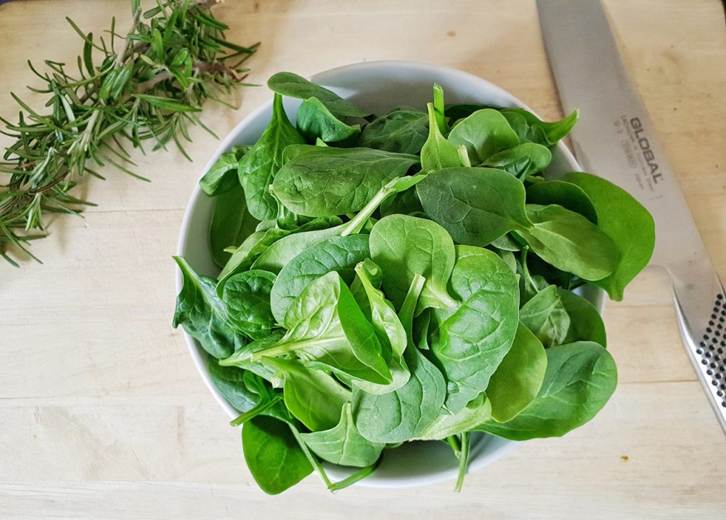
Consuming 1 and ½ servings of green leafy vegetables in your diet per day can lower the risk of diabetes by14%. Leafy vegetables not only contain large amounts of fiber which slow the release of sugar but also contain an array of other nutrients like Magnesium, Iron, calcium, potassium which together mediate the lowering of sugar, burn fat and also serve as potent antioxidants the stress caused in diabetes.
Vegetables like spinach, kale, cabbage, lettuce, broccoli, cauliflower, mint, coriander, radish leaves, mustard leaves, and collard greens are extremely nutritious and to top it all lowest in calories. You can add these leafy green vegetables to your soups, salads, sandwiches, stews, green smoothies or eat them as a main dish. Avoid using too much cooking oil while preparing these vegetables.
5. Chia seeds
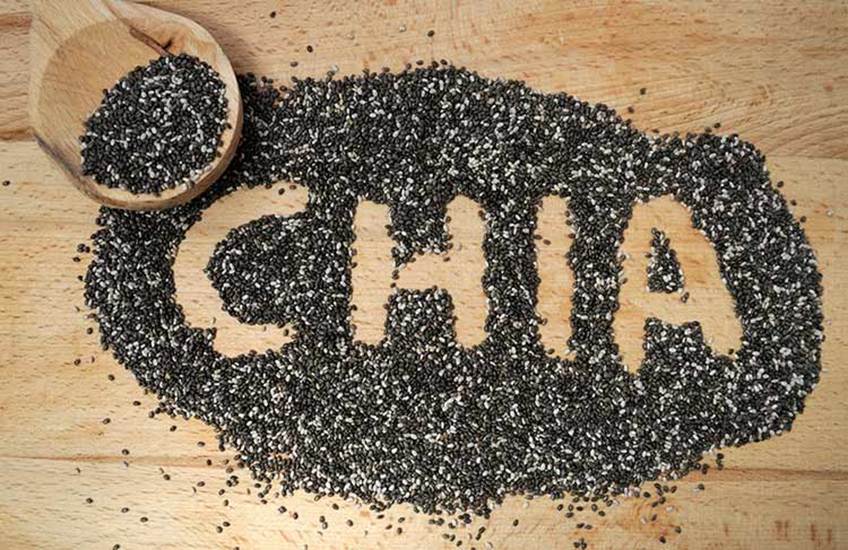
Chia seeds contain the highest amounts of soluble fibre, which as we know slows the release of sugar thereby preventing the excess sugar to convert to fat, fiber also reduces hunger and keeps you full for a longer period.
A small controlled study done in 2017, found that overweight diabetics who included chia seeds in their diet for six months lost more weight than those who ate an oat bran alternative. Chia seeds are also rich in omega-3 fatty acids, and calcium, phosphorus which helps relax the muscles and reduces internal inflammation or injury. Chia seeds can be added to smoothies, soups, salads and dahls as a dressing.
6. Kidney Beans
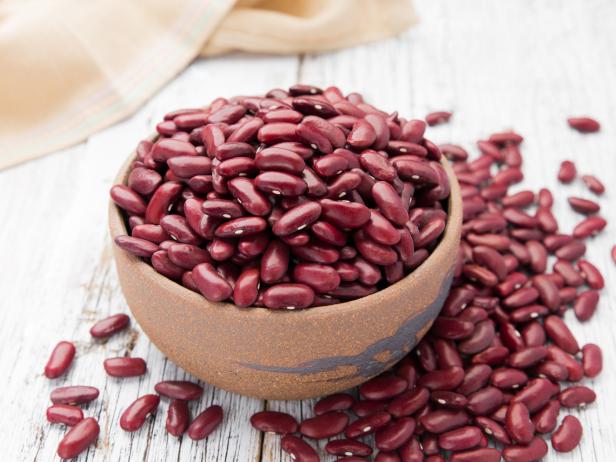
Interestingly, Kidney beans are the most underestimated protein food that contains all the amino acids and if consumed with rice provides the best amino acid or protein absorption.
Its benefits include slowly digested starch, which reduces blood sugar spikes, healthy fiber that can keep you feeling fuller longer and soon, protein that helps in building muscle mass thereby increasing metabolism and essentially low in fat.
Studies show that adding 1 cup (190 grams) of legumes to your daily diet helps lower hemoglobin A1C levels. (That’s your average blood sugar level for the last 2-3 months.). Also interestingly Kidney beans do not only prevent the spike in sugar level of that meal but also the meal subsequent to it, due to the presence of carbohydrate called lente carbohydrate. Consuming Kidney beans in one meal, especially breakfast or lunch, can be beneficial in lowering the risk of diabetes complications.
7. Amla

A 2011 study demonstrated that diabetes who took amla fruit powder developed a significant decrease in both fasting and postprandial/post-meal blood glucose levels, indicating that the Indian gooseberry may effectively help in managing diabetes. The Indian gooseberry has been known to contain chromium that regulates carbohydrate metabolism and makes the body more responsive to insulin, which in turn causes the sugar level to drop. Amla is primarily known to be a rich source of vitamin C, a powerful antioxidant, that combats the toxins produced by internal stress in diabetes. Best way to consume one fresh amla a day added to salads, soups, or smoothies.
8. Aloe vera

According to the Herb Companion website, a 1995 clinical study showed that 39 diabetic patients who took this dosage of aloe juice for two weeks experienced significant drops in blood sugar. Aloe vera extracts contain more than 75 sets of active compounds which include magnesium, chromium, zinc, and manganese. Enzymes, vitamins, minerals, monosaccharides, anthraquinones, lignin, polysaccharides, saponins, phytosterols, salicylic, as well as amino acids. All of them are crucial for the metabolism of glucose and improving insulin sensitivity. Take a tablespoonful of aloe juice twice a day to help regularize insulin flow and lower blood glucose levels naturally.
9. Wheatgrass

Wheatgrass helps control diabetes by enhancing the secretion of insulin by the pancreas. Wheatgrass also helps increase the red blood cell levels or hemoglobin levels which in turn cause a reduction in HbA1c levels. Wheatgrass also decreased the total cholesterol, VLDL and LDL cholesterol, and triglyceride levels which are significant diabetes complications. Wheatgrass is a microgreen that contains ample amounts of chlorophyll and vitamins like A, C, E, K, and B complexes and minerals like iron, calcium, magnesium, selenium, amino acids, which are responsible for providing a wide array of benefits. For best results wheatgrass powder is best consumed 1 Tbsp in the morning with warm water.
10. Nuts (Almonds, Walnuts, Pistachios)

If you wish to incorporate nuts into your diet choose almonds, walnuts, and pistachios, as they not only prevent diabetes but also improve heart health. Almonds and walnuts contain enough amounts of omega 3, Magnesium, calcium and Vitamin E that decrease the bad cholesterol levels in the body and increase the good cholesterol. Magnesium and calcium also help in relaxing the muscles and increase the update of sugar by the muscle fiber. The best time to consume nuts is in between meals and best consumed roasted and unsalted.
For best results consume these superfoods with a nutritious balanced diet and prevent future complications in diabetes.
